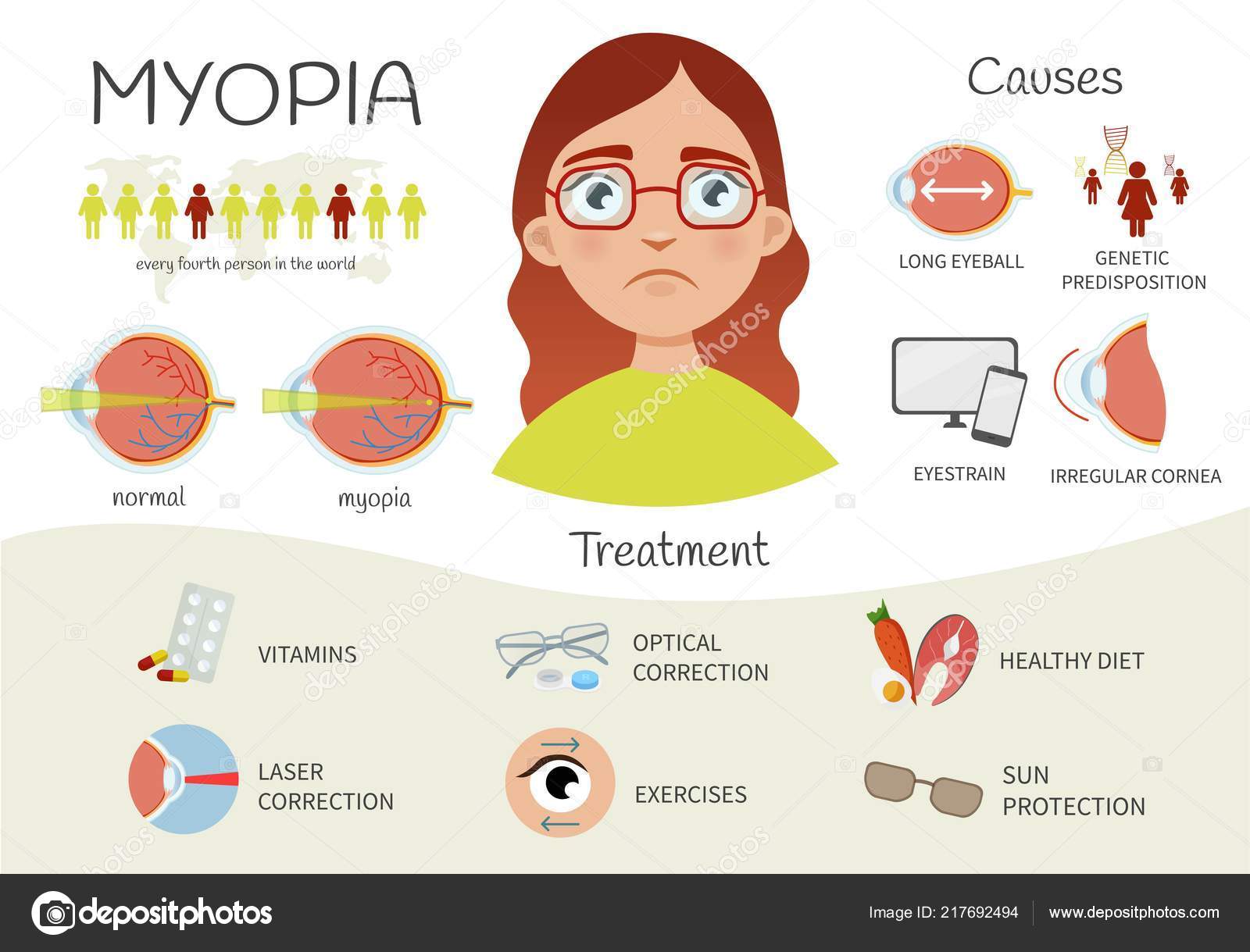What Are The Distinctions And Similarities Between SMILE Eye Surgical Treatment, LASIK, And PRK?
What Are The Distinctions And Similarities Between SMILE Eye Surgical Treatment, LASIK, And PRK?
Blog Article
Published By-Dreyer Wilder
If you have actually been taking into consideration SMILE eye surgical treatment, you might ask yourself how it compares to LASIK and PRK. Each treatment has its very own collection of advantages and factors to consider. From quicker recuperation times to possible risks, there are crucial differences you need to be aware of before making a decision. Recognizing these distinctions will certainly help you make an educated selection that straightens with your specific demands and expectations. Curious to recognize even more about how these procedures compare thoroughly? Continue exploring to obtain an extensive understanding of SMILE, LASIK, and PRK.
SMILE Eye Surgical Procedure Overview
If you're thinking about SMILE eye surgery, you'll locate it to be a minimally invasive procedure with a fast recuperation time. Throughout SMILE (Little Incision Lenticule Extraction), a laser is utilized to create a small, specific cut in the cornea to remove a tiny piece of tissue, improving it to fix your vision. This varies from LASIK, where a flap is created, and PRK, where the outer layer of the cornea is completely gotten rid of.
Among LASIK Vision Institute Equipment of SMILE is its minimally intrusive nature, bring about a faster recovery process and much less discomfort post-surgery. The recuperation time for SMILE is fairly quick, with many individuals experiencing improved vision within a day or two. This makes it a preferred selection for those seeking a practical and reliable vision correction procedure. In addition, SMILE has actually been revealed to have a reduced danger of completely dry eye syndrome contrasted to LASIK, making it a positive option for people concerned regarding this prospective adverse effects.
Distinctions In Between SMILE, LASIK, and PRK
When comparing SMILE, LASIK, and PRK eye surgical procedures, it is very important to recognize the distinct techniques utilized in each treatment for vision improvement.
SMILE (Small Cut Lenticule Extraction) is a minimally invasive procedure that involves creating a tiny incision to remove a lenticule from the cornea, improving it to correct vision.
cataract surgery after retinal detachment (Laser-Assisted Sitting Keratomileusis) involves creating a thin flap on the cornea, making use of a laser to improve the underlying tissue, and afterwards rearranging the flap.
PRK (Photorefractive Keratectomy) eliminates the external layer of the cornea before improving the tissue with a laser.
The main distinction hinges on the way the cornea is accessed and dealt with. SMILE is flapless, making it a good alternative for people with slim corneas or those associated with call sports. LASIK uses quick aesthetic recovery as a result of the flap production, however it might pose a greater danger of flap-related difficulties. PRK, although having a much longer healing period, prevents flap-related problems altogether.
Recognizing these variances is critical in picking one of the most ideal treatment for your vision improvement demands.
Advantages And Disadvantages Comparison
To examine the advantages and disadvantages of SMILE, LASIK, and PRK eye surgical treatments, it's essential to think about the particular benefits and potential constraints of each procedure. SMILE surgical procedure uses the benefit of a minimally intrusive procedure, with a smaller sized cut and possibly quicker recovery time contrasted to LASIK and PRK. It likewise minimizes the threat of completely dry eye post-surgery, a common adverse effects of LASIK. Nonetheless, SMILE might have restrictions in dealing with greater levels of nearsightedness or astigmatism compared to LASIK.
LASIK surgery gives fast visual recuperation and marginal discomfort during the treatment. It's highly reliable in dealing with a wide variety of refractive errors, including myopia, hyperopia, and astigmatism. Yet, cataract surgery what can go wrong of flap problems, which can impact the corneal structure.
PRK eye surgical treatment, while not as prominent as LASIK, prevents producing a corneal flap, minimizing the danger of flap-related problems. It appropriates for individuals with thin corneas or irregular corneal surfaces. Nevertheless, PRK has a longer recuperation time and might involve more pain during the healing process.
Conclusion
So, when it involves choosing between SMILE, LASIK, and PRK, think about it like choosing the perfect pair of footwear. SMILE is like a smooth, comfortable set of sneakers - fast and easy.
LASIK is a lot more like fashionable high heels - fancy and quick, but with some possible risks.
PRK is like sturdy treking boots - trustworthy and durable, however needing a little bit even more effort and time.
Inevitably, the best choice relies on your private demands and preferences.
